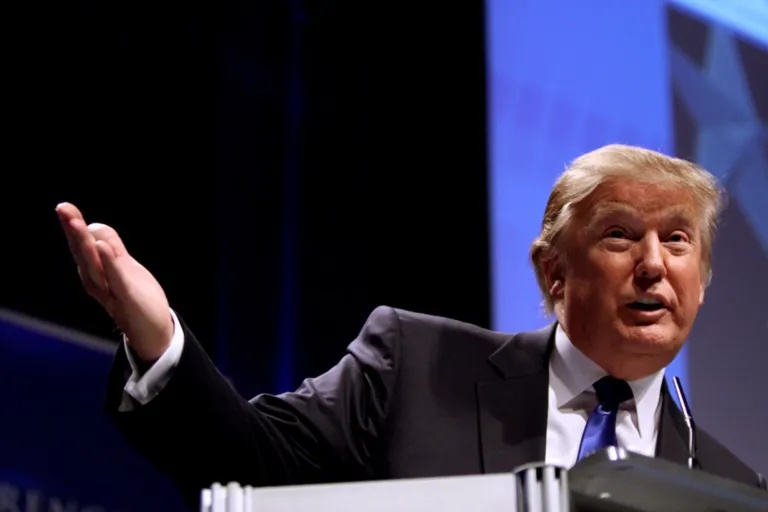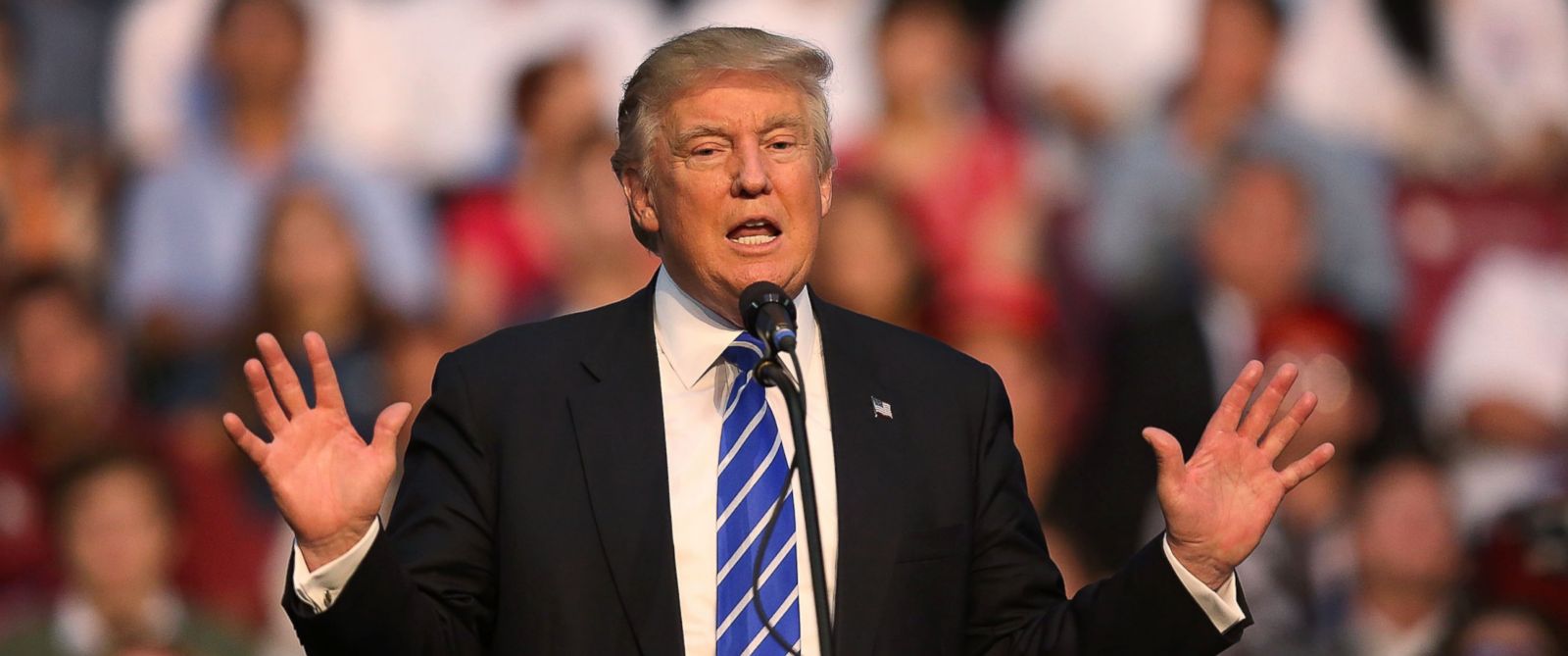Love him or hate him, Donald Trump has arrived in the Oval Office. What’s the most important thing the new President has had to do in his first two weeks in office? No, not sign a raft of controversial executive orders; it is actually putting his team together.
Why?
Because these people are going to be the key decision makers in the US, responsible for making the Trump administration a success or failure. Donald Trump is a very striking figurehead, but like any organisation, the leader won’t get anywhere without a strong, cohesive team behind him. And here’s where Trump, like anyone composing a team for the first time, has a crucial window of opportunity to get it very right, or very wrong.
Here is what Donald Trump and anyone forming a team for the first time should be considering.
1. Take Note of The Golden Hour and Platinum Ten Minutes principle of Team Creation
These terms come from the field of emergency medicine, where applying aid within not only an hour but even the first ten minutes after an injury occurs dramatically increases the casualty’s chance of survival. The first moments, even minutes, that a team spends together are vital and have a long lasting effect on their chances of success. Make these moments really count – you only get them once. As team expert and psychologist J Richard Hackman said in this Harvard Business Review article “The first few minutes of any social system are the most important because they establish not only where the group is going but also what the relationship will be between the team leader and the group, and what the basic norms of conduct will be expected and enforced”.
2. Do Not Hesitate
Act quickly and decisively to avoid doubt, uncertainty and fear. People don’t like the unknown, it’s in our DNA. Move quickly to answer the ‘what’s happening’ type questions when there are vacant seats on a team. Don’t let the rumour mill or people’s imaginations become dominant forces.
3. Embrace Your Own Quirkiness
Each leader brings their own individual strengths and weaknesses and they shouldn’t try to be someone they are not. J Richard Hackman again: “Exploit the daylight out of the stuff you are great at, and get help in the areas where you are not so good”.Know yourself and your strengths and use these to build your team’s unique culture, but recognise what you should leave out and areas that you need help with.

4. Pick Your Best Eight, Not Your Eight Best
This concept comes from Mark de Rond, who studied the Cambridge University 8 man rowing crew. The principle is simple. ‘Line up your eight strongest people and put them in a boat and they will likely not comprise the fastest possible boat’. Instead, pick team players – people who are not necessarily the best individual performers, but are not maverick egotists and instead, are excellent collaborators, communicators and believers in the team’s needs being above that of their own.
5. Employ a Deviant
This is not an instruction to employ a law breaker! It is the principle that you should have a devil’s advocate on the team, who will challenge and question the team on what it is doing and why. It’s a way of ensuring you are assessing and correcting your course before you make mistakes.
6. Choose Women
Studies carried out by scientists at MIT have shown that teams with a larger percentage of women are more successful than teams that are made up of mostly men. In a test called ‘Reading the Mind in the Eyes’ (RME) for example, where people are shown a photo just of someone’s eyes and asked to judge their feelings, women proved far more competent than men. This and other studies like it have shown that women’s empathy and emotional intelligence levels are generally higher than men, and this counts a lot towards the collective intelligence and therefore potential success of the team.
HOW TO GET IN TOUCH
Call me on +971 (0)50 559 5711 or send me a message
